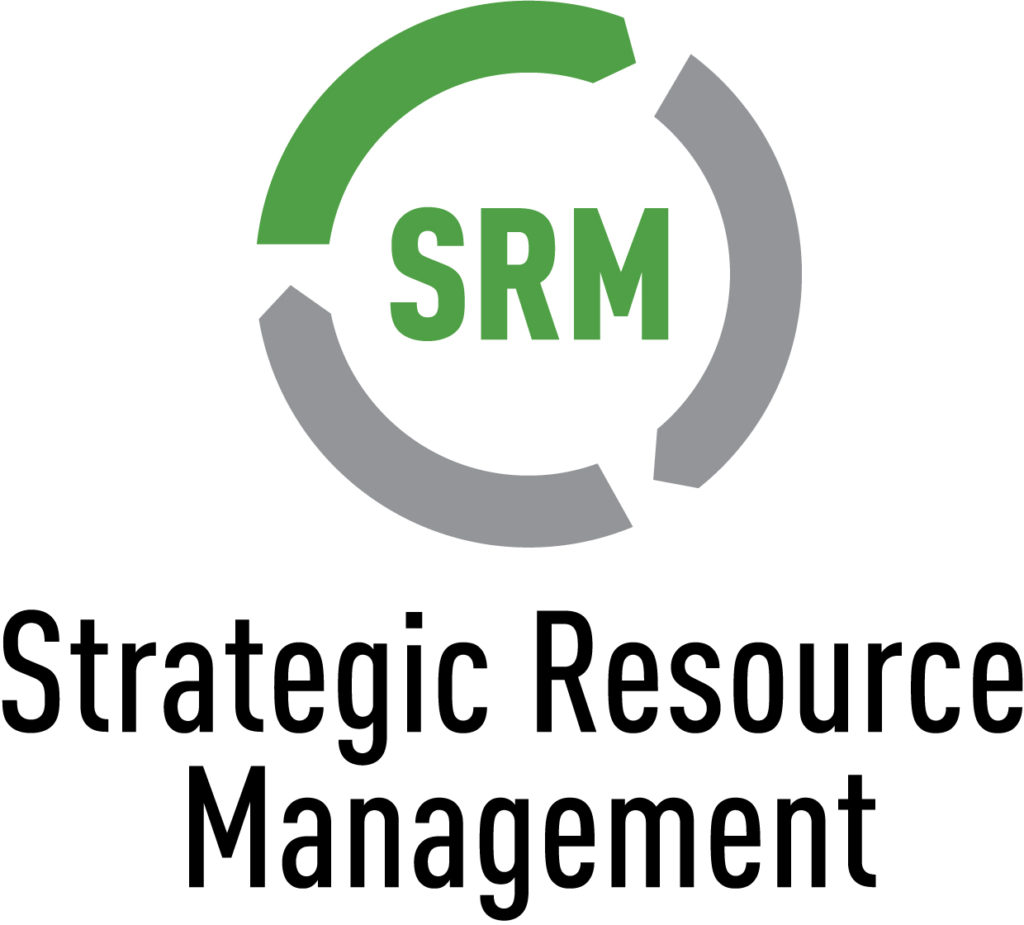Finding New Ways to Serve the Nation’s Underbanked
By: Lawrence Pruss, Senior Vice President and Payments Expert, Strategic Resource Management.
According to the Federal Deposit Insurance Corporation, approximately 27 percent of all American households are unbanked or underbanked â thatâs 50 million individuals.
For purposes of this article, unbanked refers to individuals who donât have a bank account and underbanked refers to those who supplement their bank account with alternative financial services like check cashers. Both underbanked and unbanked households are typically forced to rely on nonbank financial or high-rate lending solutions such as payday lending, tax refund, and settlement loans.
How did we get here? Why are so many people in the United States outside of traditional banking security in 2016? There are several reasons why, with many people falling into more than one category. This article addresses these issues and provides solutions your credit union can offer to serve the underbanked and help them become members of your credit union.
Case One: During the Great Recession from late 2007Ââ early 2009, many people with previously good credit had their credit history tarnished. Most financial institutions now exclude these individuals with a record of bounced checks, overdrafts, or delinquencies.
Solutions: Offer second-chance checking accounts, debit or prepaid solutions, and credit building tools generally available at local banks or credit unions.
Case Two: A significant portion of the immigrant population is underbanked. They often arrive to our country with a distrust of traditional banking systems, and depending on legal status, avoid traditional banks that require government issued identification. Increasingly stringent Know Your Customer (KYC) and other anti-money laundering regulations have exacerbated this situation.
Solutions: Develop easy account applications and use alternative identification solutions like individual taxpayer identification numbers (ITIN). The IRS issues ITIN numbers to non-citizens who are working in the U.S., but are not eligible for a Social Security number. Develop inexpensive money transfer solutions which can help alleviate high fees typically associated with transfers, and consider alternative lending scores to help qualify these individuals for financial products.
Case Three: Approximately half of the 80 million millennials in America (those between 18 and 29) are unbanked or underbanked. The 2009 Credit CARD Act put strict limits on how credit cards are marketed and issued, and an inherent skepticism of large money-making institutions and Wall Street means many young adults are hesitant to pursue credit cards and other traditional banking products. In fact, more than one-third of that population has never had a credit card.
Additionally, because of their digital communication preferences and desire for fee and pricing transparency, companies that offer clear debit, prepaid, or increasing alternative financing solutions are winning over this segment. Examples include PayPal, Google, and some of the more creative credit unions with âyoung and freeâ efforts geared toward the younger generation.
Solutions: Establish your institution as a trusted, tech-savvy brand to build loyalty with this consumer group, locking them in as future, long-term members.
Case Four: While the official unemployment number is at 5 percent, or 7.9 million people, an estimated 30 million Americans are still out of work or underemployed â an audience typically avoided by banks.
Solutions: Develop lending based on an individualâs potential. Many of these individuals have returned to school or pursued further training while being un- or underemployed. This offers a great opportunity for establishing lifelong loyalty for those institutions willing to take a chance on their future success.
The number of un- and underbanked individuals in the United States is larger than the total populations of many countries. As such, it offers a huge opportunity for American financial institutions willing to better understand âwhyâ they are underbanked and then find ways to support them and help them reach their unique needs.
 Strategic Resource Management is the NAFCU Services Preferred Partner for Vendor Cost Benchmarking and Negotiation Services.
Strategic Resource Management is the NAFCU Services Preferred Partner for Vendor Cost Benchmarking and Negotiation Services.
